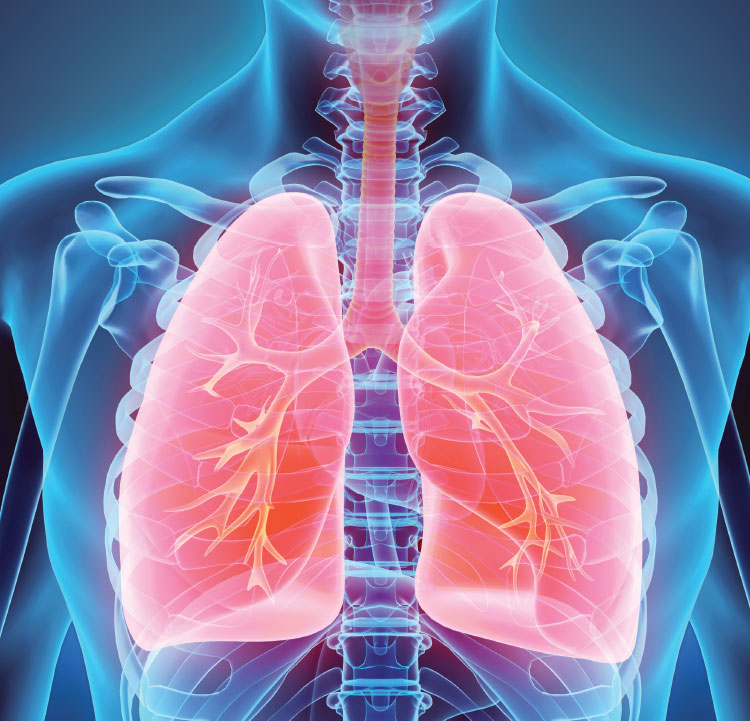Achieving Real-Time Respiratory Depression Surveillance of Post-Surgical Patients
More hospitals and health systems are waking up to the risks of under-monitoring patients at risk for respiratory depression.
By Jeanne Venella, DNP, MS, RN, CEN, CPEN; and John Zaleski, PhD, CAP, CPHIMS
Every year, the ECRI Institute, a federally certified patient safety and research organization, publishes a list of the top healthcare technology hazards, compiled by a team of engineers, scientists, clinicians, and patient safety analysts based on investigations, medical technology testing, literature reviews, and interviews with myriad health system stakeholders. This year’s report ranked “undetected opioid-induced respiratory depression,” or OIRD, as the fourth greatest technology threat for 2017 (Health Devices & ECRI Institute, 2016).
According to the report:
Patients receiving opioids … are at risk for drug-induced respiratory depression. If not detected, this condition can quickly lead to anoxic brain injury
or death. … Drug-induced respiratory depression is of particular concern for patients receiving parenteral and neuraxial opioids in medical-surgical and general care areas. However, it is also of concern for hospital or ambulatory surgery/endoscopy facility patients receiving opioids during procedural sedation and while in the post-anesthesia care unit. (Health Devices & ECRI Institute, 2016)
Greater use of patient-controlled analgesia (PCA); increasing numbers of patients presenting with chronic disease or comorbidities, such as obesity and diagnosed or undiagnosed sleep apnea (San Diego Patient Safety Council, 2014); and sporadic monitoring protocols have all significantly increased the risk of adverse or fatal opioid-related events, such as respiratory depression.
Health system leaders are seeking ways to increase the safe and monitored administration of sedation medications. The results thus far are underwhelming. According to the Association for the Advancement of Medical Instrumentation (AAMI) Foundation, 50% of medication deaths are attributable to opioids, and each year more than 20,000 patients administered opioids experience respiratory depression arrests—costing the U.S. healthcare system $2 billion each year (Williams, 2014).
A best practice with barriers
One potentially effective countermeasure is better monitoring protocols. Current practices are neither adequate nor comprehensive. For example, one of the most common monitoring methods—periodic physical spot checks by direct-care clinical staff—can leave patients unmonitored up to 96% of the time (Williams, 2014). As such, The Joint Commission, the Anesthesia Patient Safety Foundation, AAMI, and other healthcare advocates broadly recommend continuous respiratory monitoring as a best practice.
The challenges associated with reducing respiratory events are significant and many, including the financial implications of adding costly monitoring devices and full-time, direct-care staff. Further, improvements to monitoring are clearly necessary: According to The Joint Commission’s Sentinel Event database, 29% of adverse events are related to improper patient monitoring (The Joint Commission, 2016).

